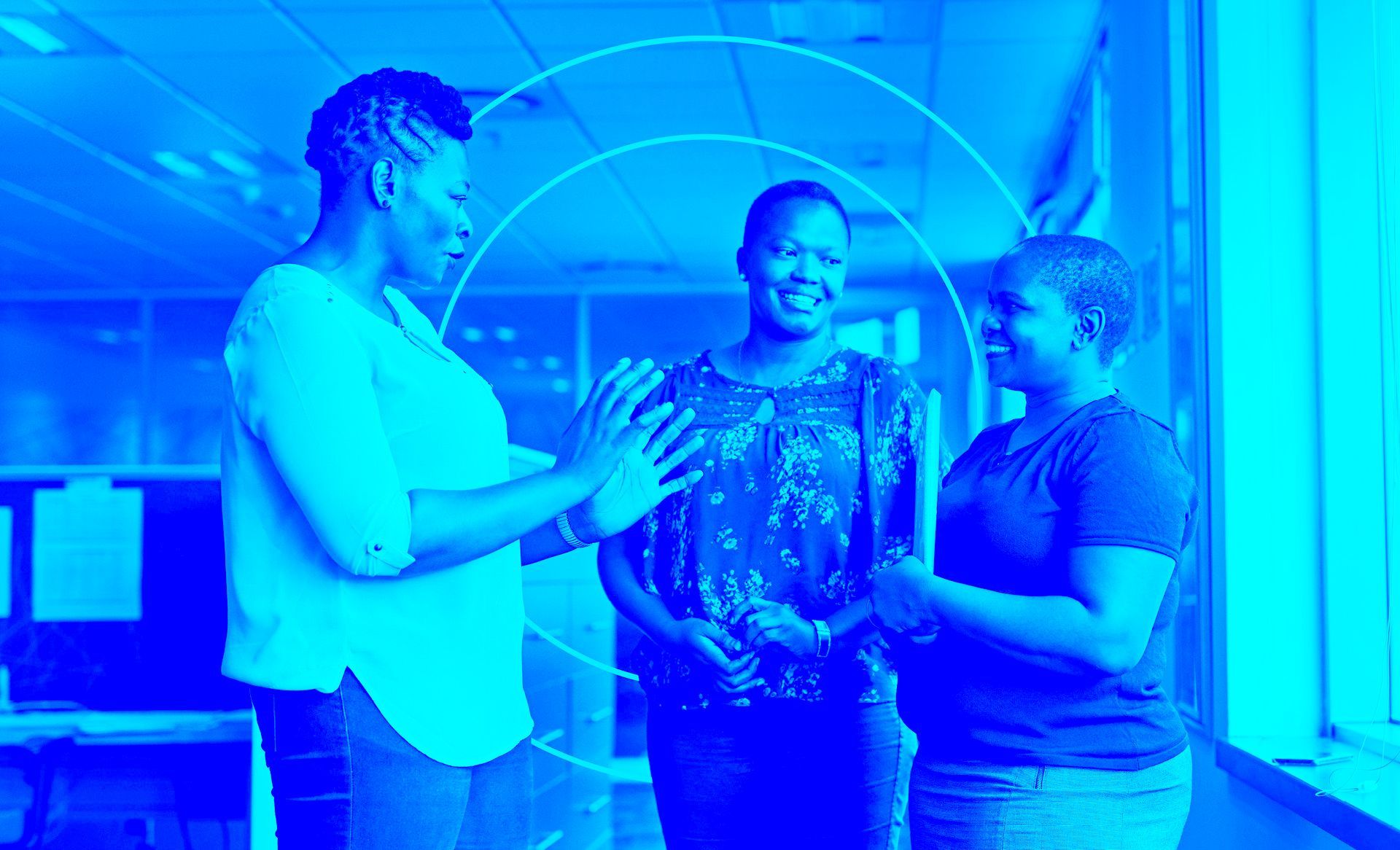Blog

Dear StokFella Family, For years, our mission at StokFella has been to use the power of collective capital to help people improve their lives and their communities. Together, we’ve seen how stokvels can achieve more when they pool their resources. Whether that’s saving towards goals, supporting members in times of need, or creating opportunities for financial growth. Today, I am proud to share the next step in this journey: the launch of the Stokvel Marketplace, powered by StokFella . This is not simply an update to our existing app, but a new, dedicated platform built exclusively for stokvels . The Marketplace connects stokvels with trusted sellers, giving them access to bulk deals, group services, rewards, and income-generating opportunities that were once difficult to reach.

Dear StokFella Family, Wealth in Africa has often been seen as more than just individual success—it is about the strength of the collective. Across the continent, communities have long practiced financial cooperation as a means of resilience and growth. This spirit of shared prosperity is the foundation of community capital, which is best exemplified by stokvels. More than just savings groups, stokvels are dynamic financial networks built on trust, mutual accountability, and common goals. As access to traditional financial services remains limited for many, stokvels prove that when people unite financially, they create sustainable solutions for long-term wealth-building and financial security. At StokFella we believe it is time to go Back to Basics – to remind South Africans of the power of saving through stokvels. Financial security starts with the discipline of putting money aside, no matter how small. The foundation of financial stability is savings, and stokvels provide a practical, accessible way to make that possible.

Dear StokFella Family, As we step into 2025, I want to take this moment to wish each of you a season filled with growth, success, and the realisation of your financial goals. The start of a new year is always an opportunity to reflect and refocus—and I’m thrilled to welcome you back to a year full of promise and potential. Over the past eight years, StokFella has proudly supported stokvels in achieving remarkable milestones. Together, we’ve helped members fund children’s education, purchase homes, buy franchise, build a school and even launch businesses. These are the big dreams stokvels make possible. However, this year, we want to go back to basics. Our focus for Stokvel Goals 2025 is simple: just start. Start where you are, with what you have, and with the people in your community. Whether it’s saving for a rainy day, contributing towards small but meaningful goals, or simply coming together to support one another—every step counts.

Dear StokFella Family, As we approach the end of 2024, I am compelled to reflect on our transformative journey this year. It has been a remarkable demonstration of what we can achieve when we unite with shared purposes and dreams. A heartfelt thank you goes out to each of you who has saved, contributed, and engaged with us—your dedication is truly inspirational. Celebrating Our Collective Achievements This year has showcased the immense potential of collective effort and community engagement: We've delved into how stokvels are revolutionising the way communities support each other, address unemployment, and empower women leaders. We’ve seen stokvels innovate and adapt, with new forms like Community Patroller Stokvels and Small Business Stokvels, which focus on uplifting local economies. We have helped more than 400 groups start their stokvel journey with StokFella. StokFella’s Milestones in 2024: We launched our WhatsApp assistant, Nomsa, ensuring that you have support anytime you need it. We introduced StokFella Training Sessions, designed to equip you with the knowledge and tools for stokvel success. We unveiled a new user interface, making your StokFella experience smoother and more intuitive. Looking Forward to 2025 As we celebrate these milestones, we are already looking ahead. If you've been observing from the sidelines, let this be your call to action. The possibilities for growth and achievement are limitless when you engage with StokFella: Consider starting your own stokvel or injecting new vitality into an existing one. Utilise the resources StokFella offers to realise your financial aspirations. Be part of the next wave of community transformation. The Power of Community To everyone who has contributed this year: your efforts have strengthened not only your financial foundations but also the fabric of our community. For those yet to begin, envision what you could achieve by joining this powerful movement. Let 2025 be the year you take that step forward. Thank you for your trust, your participation, and your steadfast belief in our collective power. Together, we have forged something extraordinary, and together, we will reach new heights. Wishing you and your loved ones a joyful festive season and a prosperous New Year brimming with opportunities for growth and success. Together, we thrive. Warmest regards, Tshepo Moloi CEO, StokFella

Dear StokFella Community, As Africans, we understand that wealth is measured not only by material possessions but also by the strength of our bonds with one another. Our cultural heritage is deeply woven into how our communities navigate life, work, and finances. At the heart of this lies Ubuntu, a philosophy that embodies shared humanity, interconnectedness, and community. Often summarised in the phrase, "I am because we are," Ubuntu extends beyond social relationships. It's a way of life that shapes how our communities make financial decisions and create wealth. In my walk of life as StokFella CEO, I have witnessed Ubuntu in action every day through collective capital behaviour that fosters trust, accountability, and community wealth creation. Let's explore how Ubuntu influences our financial behaviour, why it makes African communities economically resilient, and the lessons it offers the world. Putting the Community First In many parts of the world, financial decisions are driven by individualism—the idea that success is an individual pursuit. Ubuntu, however, emphasises collective success. It prioritises the well-being of the community over individual gain. This is why stokvels, chamas, susus, and informal savings groups remain integral to African communities. These systems are driven by a sense of shared responsibility. In a financial context, Ubuntu emphasises that lasting wealth is built upon the strength of the group. From a behavioural economics perspective, Ubuntu challenges traditional assumptions that humans act solely out of self-interest. Instead, it highlights the role of collective trust in shaping financial behaviour – as demonstrated in Matteo M’s¹ study which explores the strong connection between Ubuntu and social capital.

As 2024 draws to a close, it's the perfect opportunity to lay the groundwork for a financially successful 2025. Joining or starting a stokvel can be a significant step towards achieving your financial goals. Stokvels, with their unique blend of collective saving, community support, and financial empowerment, are an ideal way to work towards your dreams together. Whether you're completely new to stokvels, familiar but haven't yet joined, or an existing member looking to start a new stokvel for different goals, here's why 2025 could be your year. Why Join a Stokvel Now? The power of stokvels lies in their ability to harness the strength of community. By joining forces with others, you can achieve financial goals faster and with greater support. Here are a few reasons why getting started now can make a difference: Goal-Oriented Saving: Stokvels make it easy to save with a purpose. From investment stokvels for property ownership to grocery stokvels for monthly essentials, you can tailor your stokvel to meet specific needs. Starting now means you'll have a solid foundation come January. Accountability and Support: One of the biggest challenges of individual saving is staying motivated. In a stokvel, the group provides accountability, keeping you on track and supporting each other. You'll have a team backing your goals as much as their own. Higher Returns and Lower Risk: With a stokvel, you're pooling resources, which can open doors to investment opportunities that may be difficult to reach alone. Whether it's buying in bulk or pooling funds for higher return investments, stokvels reduce individual financial risk. Access to Tools and Resources: Technology has made it easier than ever to start and manage a stokvel. Platforms like StokFella simplify everything from tracking payments to setting group rules, so you can focus on achieving your goals without the admin burden.

Dear StokFella Community, South Africa’s unemployment crisis transcends mere statistics—it represents a profound challenge affecting millions and the very fabric of our communities. As of the second quarter of 2024, our official unemployment rate stands at a staggering 33.5%, escalating to 42.6% when including those discouraged from seeking work. For our youth (aged 15 to 34), the scenario is even more dire, with an unemployment rate of 46.5%. In these turbulent economic waters, stokvels—rooted in mutual aid and community investment—shine as beacons of hope. No longer just communal savings groups, stokvels are pivotal in driving economic participation, fostering entrepreneurship, and nurturing skill development. Empowering Entrepreneurs and Small Businesses Stokvels are pivotal in catalysing small business ventures by providing essential capital to those underserved by traditional financial institutions. From local grocers to aspiring agripreneurs, these businesses not only energise local economies but also create jobs, proving that community capital is a powerful force for economic growth. Take, for instance, property stokvels that engage in property flipping by renovating and either reselling or renting out houses. In doing so, these stokvels often hire local builders, creating job opportunities in the construction industry. Additionally, they contribute to further employment by engaging local painters, electricians, and plumbers, thus amplifying their impact on the local economy and creating a ripple effect of opportunity and growth within the community.

Creating a stokvel is more than pooling resources—it's about forging a community united by shared aspirations and values. Whether your stokvel begins with close friends or a wider circle, you're setting the foundation for an initiative that, with dedication and collective effort, can significantly impact both your members and the larger community. Here are some foundational steps for launching a stokvel, crafting a communal vision, and fostering something truly impactful for everyone involved. 1. Initiate with Like-Minded Individuals The success of a stokvel hinges on the alignment of its members' values, goals, and visions. Whether your focus is on savings, investments, or mutual support, your stokvel will flourish with cohesive member goals. Here's how to ensure you bring the right people together: Share Your Vision Early : Clearly articulate the purpose of your stokvel and its goals. This transparency will naturally attract individuals who share your vision. Encourage Open Communication : Foster a culture where all members feel valued and heard, ensuring their beliefs align with the group’s objectives. Cultivate Trust : Trust is the cornerstone of any stokvel. Members should be committed to the group’s success and adhere to its rules.



